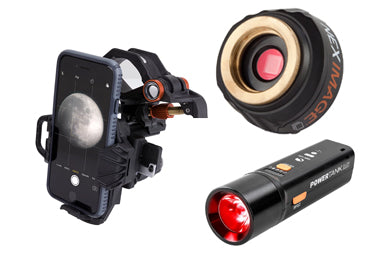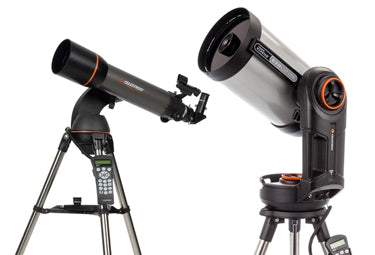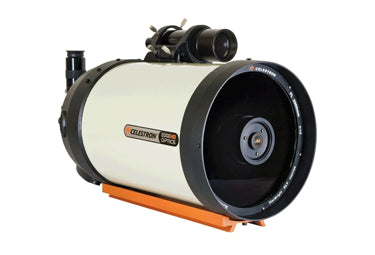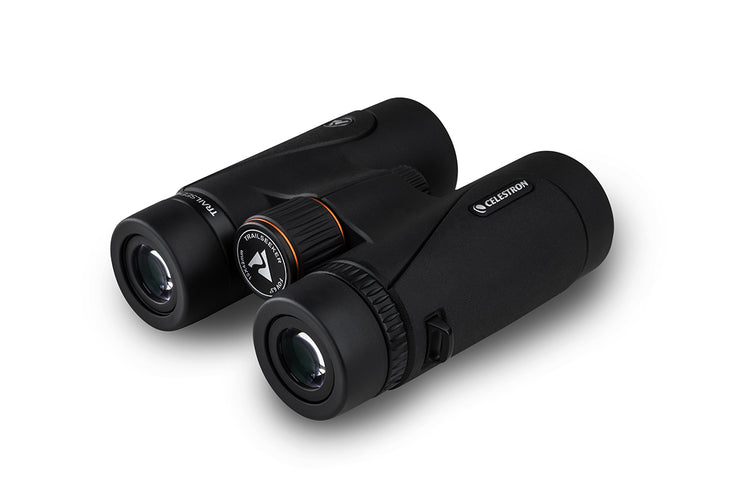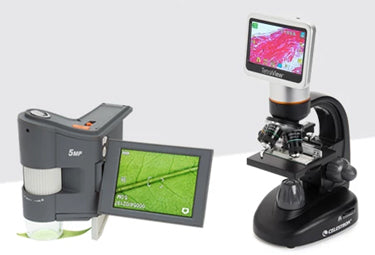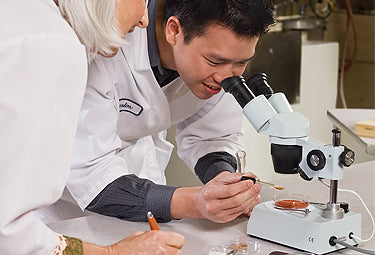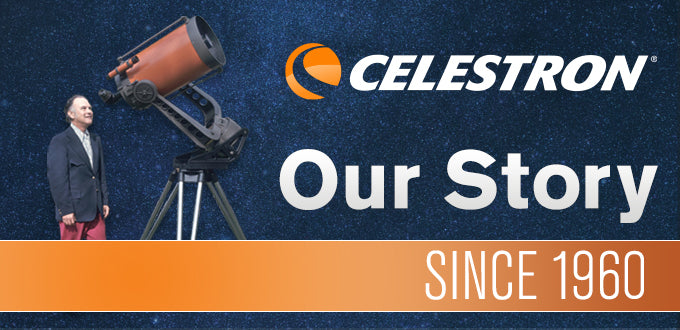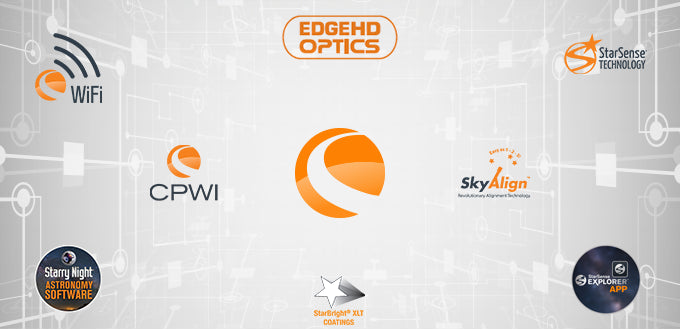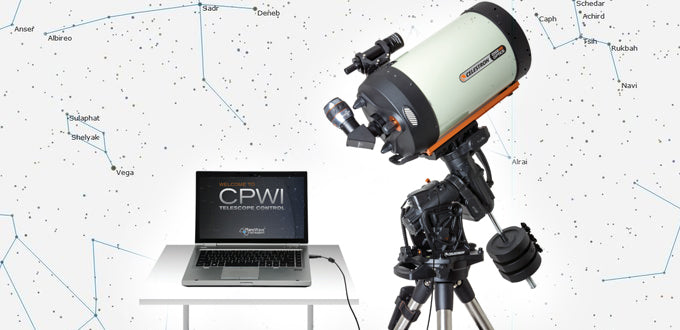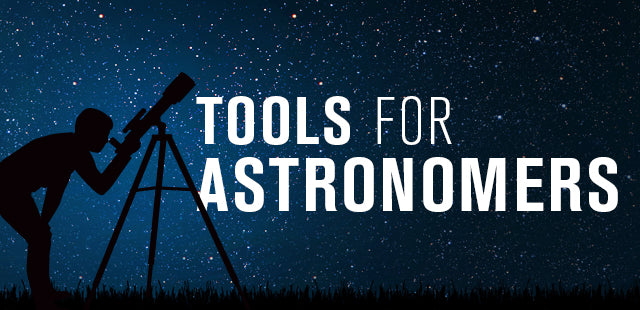Why is my Telescope Showing Everything Upside Down? Is There Something Wrong with it?
November 15, 2018

If your viewing target is upside down when you use your telescope, don’t be alarmed! Astronomical telescopes are designed to produce an upside-down or inverted image. There's no need to worry--your telescope is working as intended.
When you use an astronomical refracting telescope and insert an eyepiece directly into the telescope’s focuser, you would see an image that was upside down and mirror reversed. Because observing straight through the telescope can be difficult to use when looking directly overhead, astronomers use a mirror diagonal to make the eyepiece more accessible. The mirror in the diagonal also flips the image so that it is correctly oriented up and down. However, it will still appear backwards left to right. This is perfectly normal.
Optical systems such as spotting scopes and binoculars give a correctly oriented image, but they were designed for terrestrial observing. They use complex sets of prisms that flip the image so that it appears correctly oriented. Astronomers avoid using additional glass elements in the light path such as mirrors or prisms because each time light strikes an optical surface some of the light is absorbed by the glass and is lost to the observer’s eye. The prisms in spotting scopes and binoculars will reflect the light path 4 to 5 times before sending it to the eyepiece, losing a little bit more light each time. When looking at faint targets, such as galaxies or nebulae, the astronomer wants his or her eye to capture every photon of light possible to see the faintest detail. This is not a problem for daytime terrestrial telescopes where daylight is plentiful—and nobody wants to see wildlife upside-down or backwards! If you really want to use your scope for terrestrial viewing with a fully corrected image, there are optional prism assemblies available, but check with the manufacturer as not all refractors can reach focus with all erecting prisms.
Newtonian reflector telescopes were also designed for astronomical use and images of terrestrial objects will appear upside-down. Because the design uses two mirrors, the images you see are correct left to right and up and down, but the views are rotated, depending on the angle of the focuser and the ground as well as how you hold your head to the eyepiece. Using a diagonal like the refractor would actually cause more problems by mirror reversing the image and not really correcting the image at all. Unfortunately for Newtonian telescopes, there is no easy way to correct this.
Astronomers don’t mind an upside-down view since there is really no up or down in space. It is all a matter of perspective. Because the Earth we live on is roughly shaped like a sphere, a person in Australia looking at the Moon with the naked eye would see it upside-down compared to a person simultaneously observing it from Alaska. They are looking at the same object, but from different perspectives.


